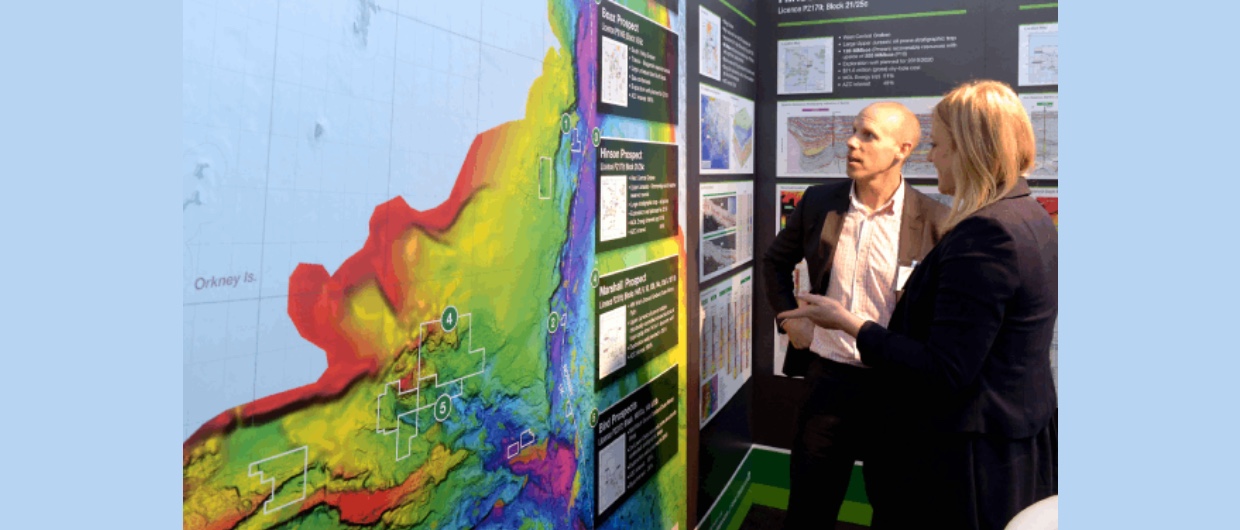The training of non-technical staff can be key to improving communication and efficiency in oil-related companies. Anastasis Kokkinos, Director of Esanda, tells us how demand has grown for introductory, as well as specialised, training.
HOW DID ESANDA GET INVOLVED IN TRAINING?
The training arm of Esanda has developed organically as our client companies have identified a need to improve integration among their staff and, in particular, to demystify the industry for employees with a non-technical background. Because our core work involves helping companies with field planning, specifically lifecycle cost estimation and economics, we have found ourselves well placed to deliver training on all aspects of the industry. I personally got involved in training about 15 years ago and it now occupies about a quarter of my working time. We currently deliver training and mentoring to organisations throughout the world and companies find that by improving understanding between different disciplines, they achieve smoother workflows and, in general, a better end product.
WHAT KIND OF COURSES ARE IN DEMAND?
Although courses on field development and costing remain the most in-demand subjects, we now provide more general themes such as a basic introduction to oil and gas exploration and production, the technicalities of oil and gas facilities, LNG, FPSOs and subsea engineering. Providing training for non-technical staff has become increasingly important and we are often asked to design courses for professionals in related industries, such as banking, the legal profession and in government departments.
WHICH AREAS DO YOU FIND PARTICIPANTS ARE MOST INTERESTED IN?
People are most interested in the offshore and subsea engineering as there seems to be a lot of mystique about them, probably because they are inaccessible to most people who don’t get the opportunity to get offshore (or subsea!).
ARE THERE PARTICULAR AREAS THAT ARE DIFFICULT TO EXPLAIN TO THOSE WITH A NONTECHNICAL BACKGROUND?
I’m always surprised by the extent of knowledge participants have, but we all have gaps. One area which can be difficult to grasp is the level of uncertainty that we deal with in the early stages and how reserves and costs can be +/- 50% – or more – depending on the level of information available. Other difficult areas can be chemistry and economics, which are kept to a very basic level in the non-technical courses. Generally speaking we try to keep things as simple as possible, depending on the audience, but in any case we try to use anecdotes and build analogies with everyday life. For non-technical course participants, the main aim is to offer bite-sized information and make the courses as interactive as possible, bearing in mind that the main aim is simply to bridge some of the gaps between disciplines to achieve more ‘integrated teamwork’. This seems to be the buzz phrase at the moment!
WHERE DO YOU SEE THE INDUSTRY HEADING IN 2014?
This is a very interesting question because until recently I expected that the oil price would continue to be very strong. However, this has been thrown up in the air with the recent softening toward Iran. Also it will be interesting to see how the gas markets play out since there is the possibility that many new LNG projects will be sanctioned in the near future following recent big finds in East Africa. These will only add to the complex picture caused by the ever growing supply of shale gas in North America.
ARE COURSE PARTICIPANTS PARTICULARLY INTERESTED IN THE TECHNICALITIES OF SHALE PRODUCTION?
Yes, there is great interest in this as well as coal bed methane, coal seam gas and carbon capture and storage. They are quite topical at the moment and, as with other courses, we try to demystify these areas and give people a better understanding of what is involved.
ARE THERE NEW AREAS WHERE YOU WOULD LIKE TO DEVELOP TRAINING?
Definitely. There’s a demand for more understanding of offshore, FPSOs and subsea markets – demand is from technical as well as non-technical staff. It’s because these areas tend to be at arms’ length to most people in the industry and they need to feel more comfortable with their understanding of them.





